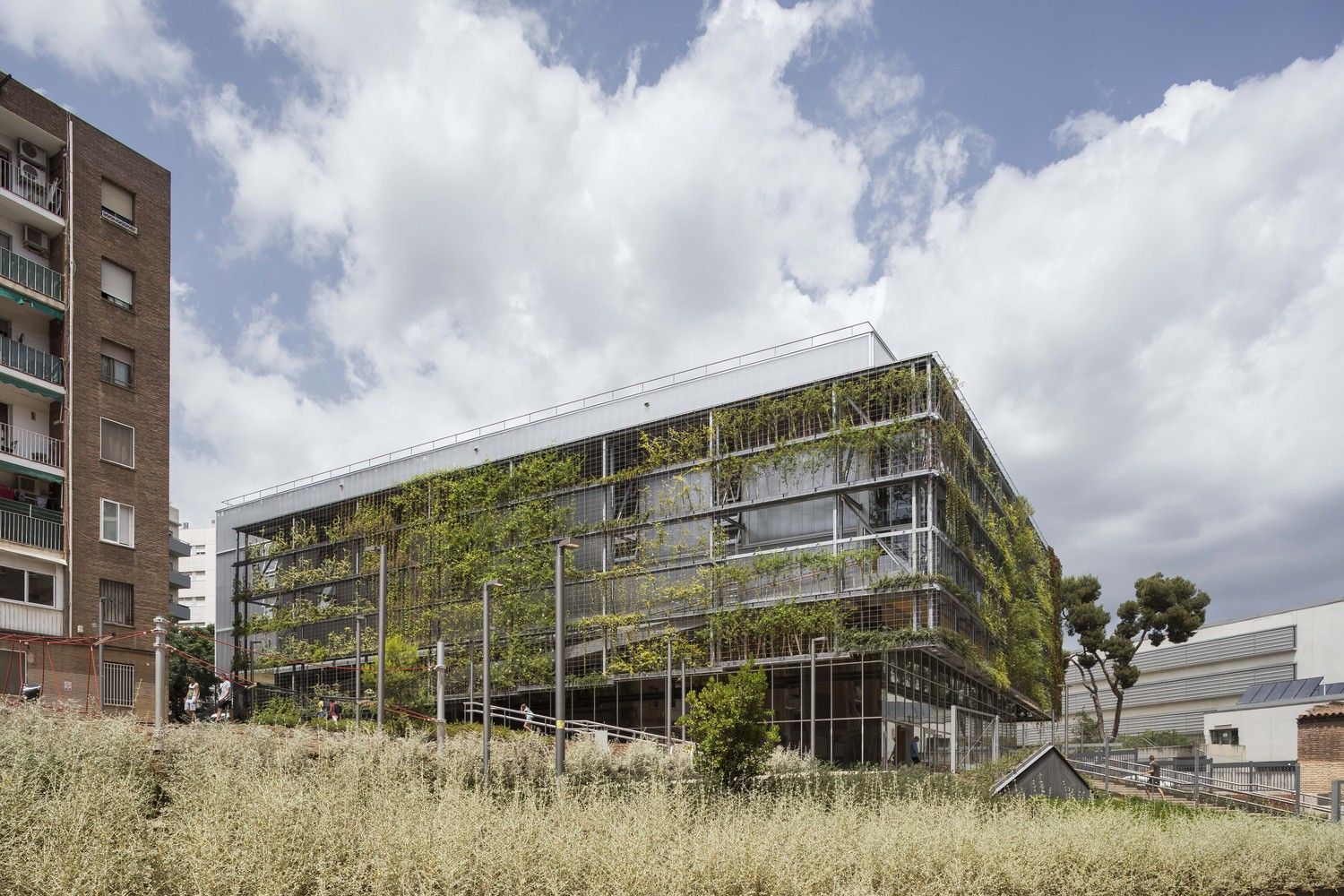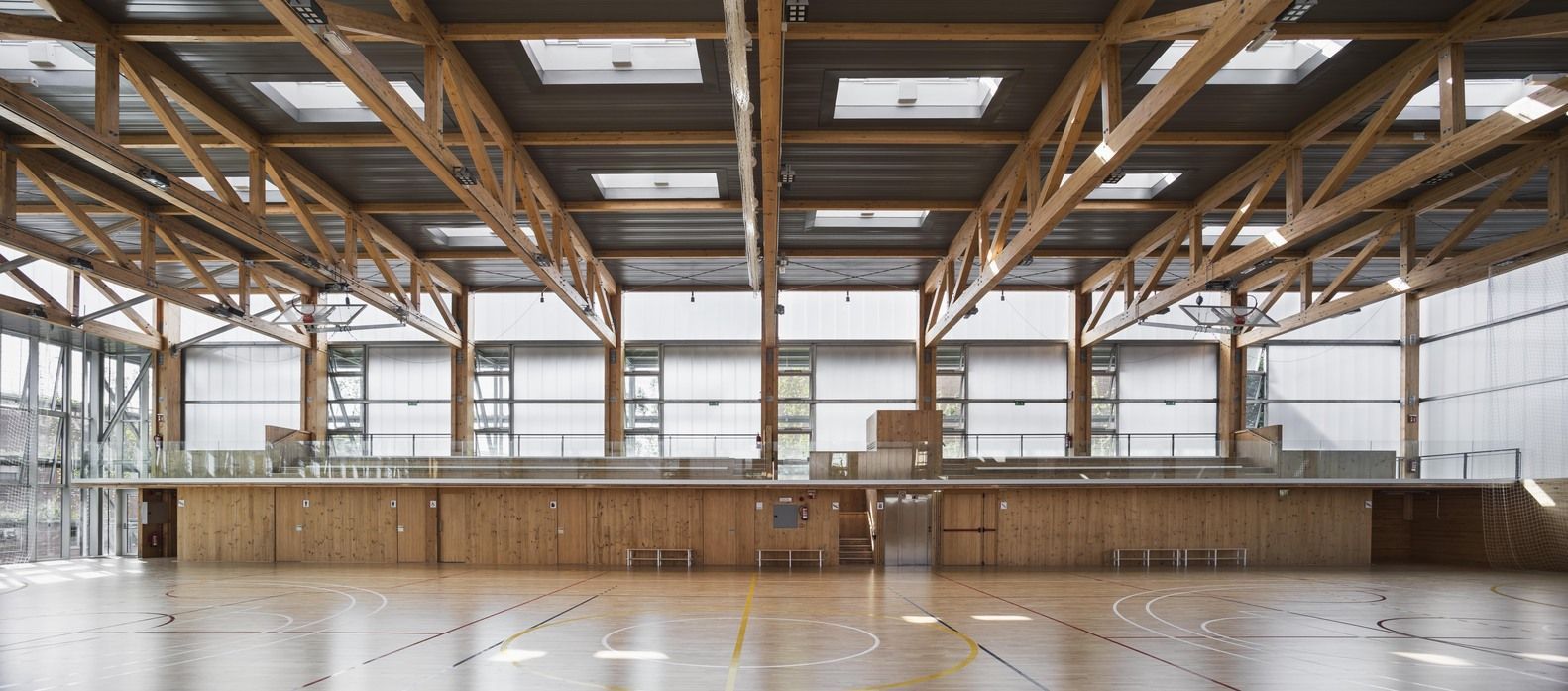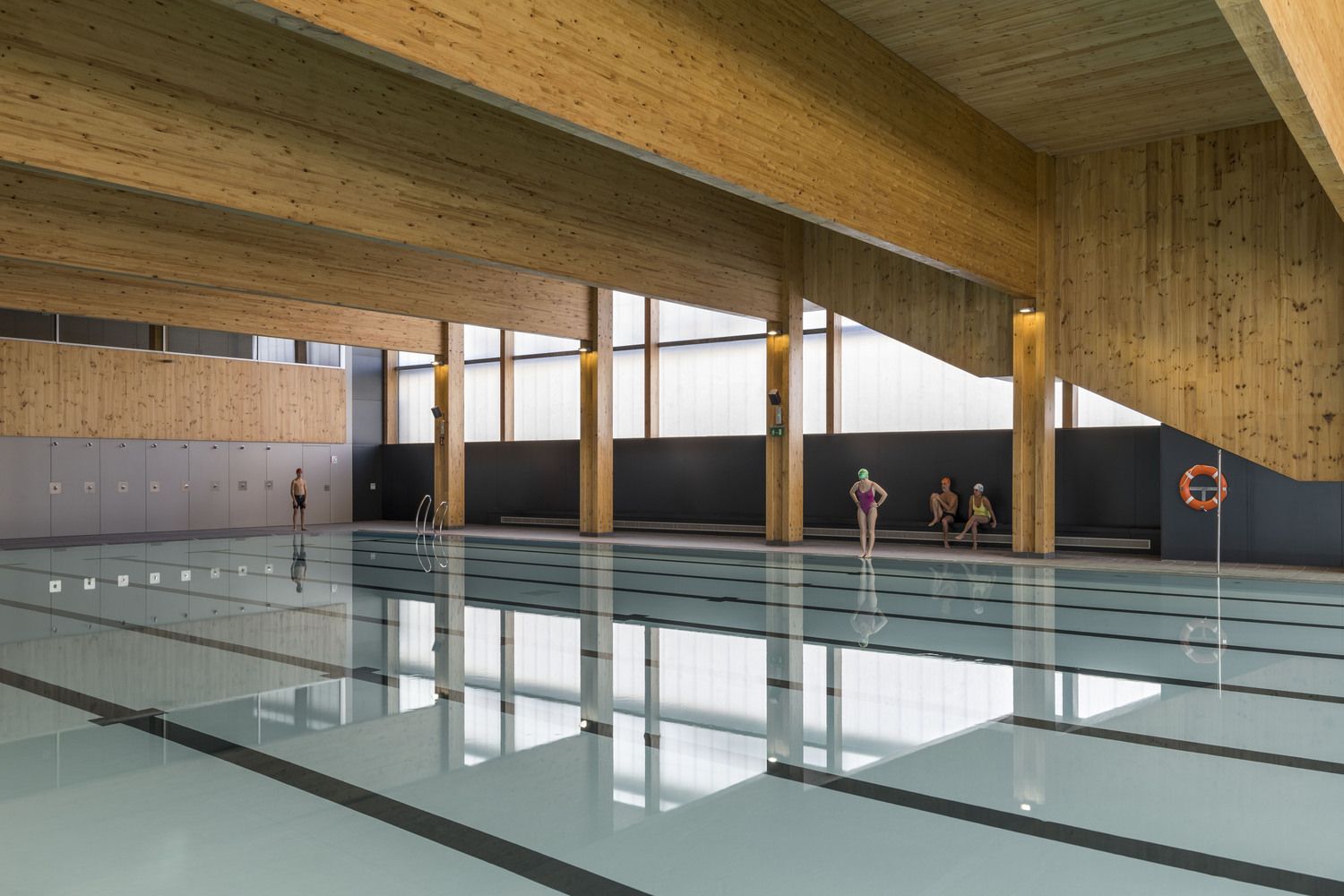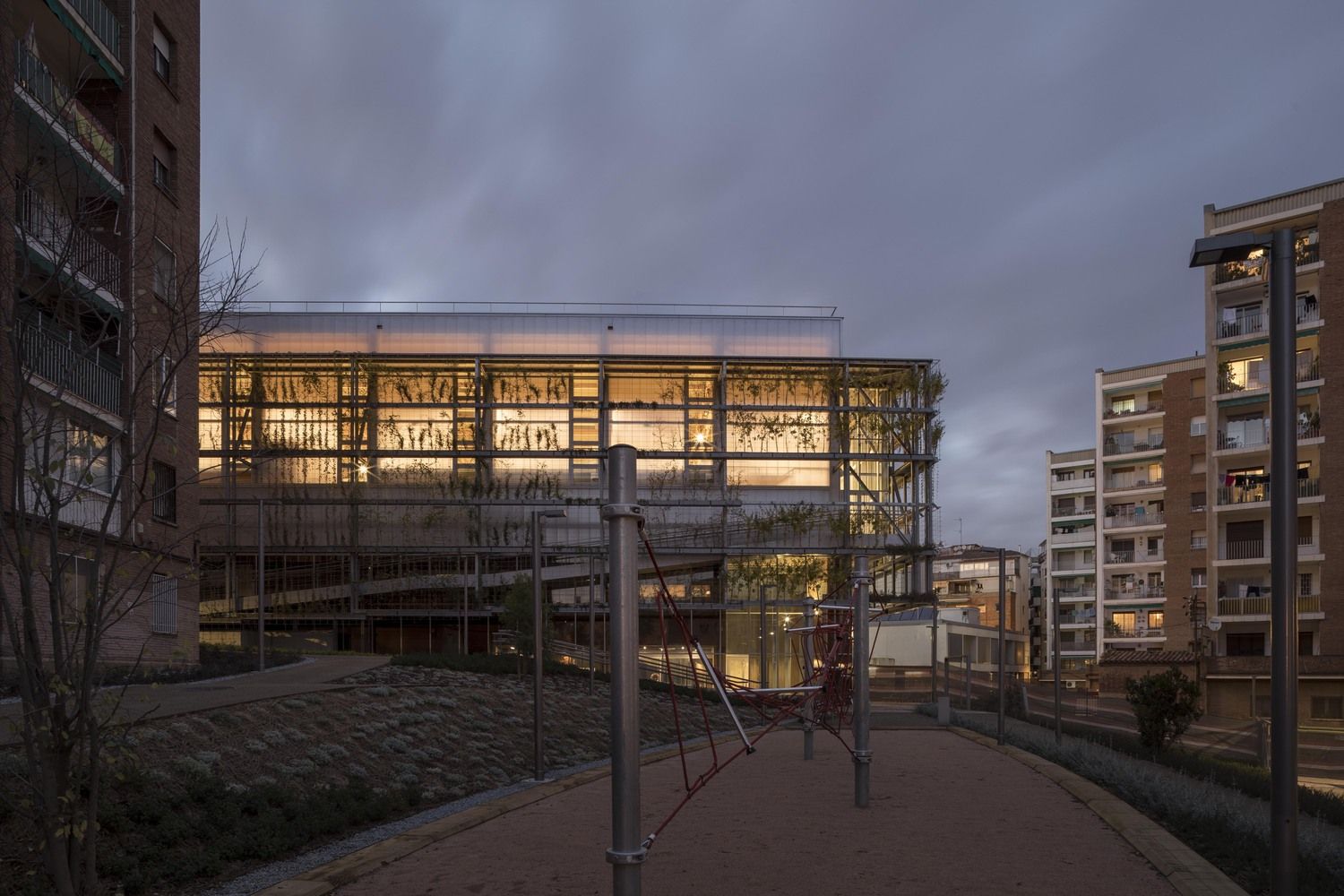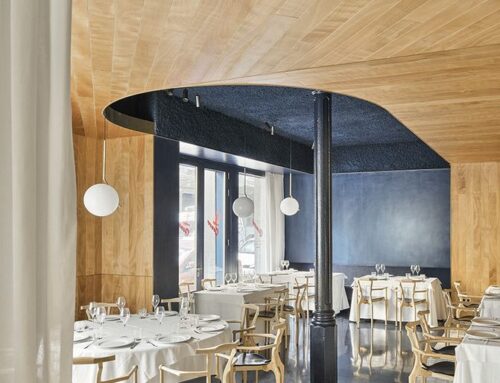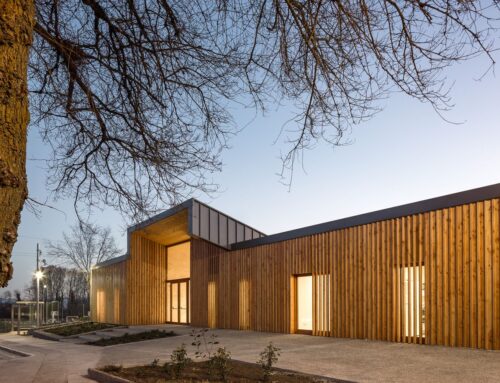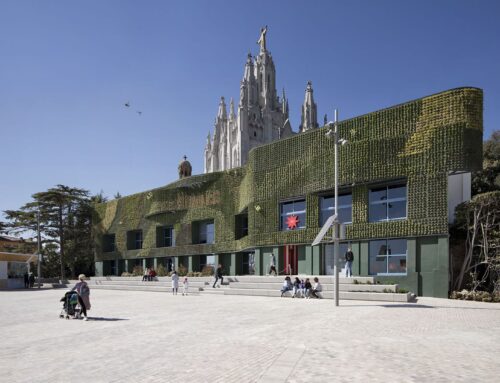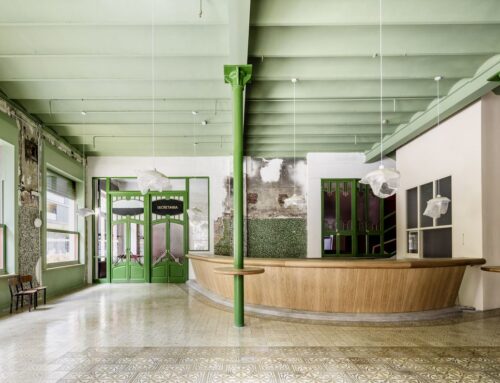The Barcelona City Council held an architectural competition for the landscape planning of an interior urban block and a sports facility consisting of an indoor heated swimming pool and a sports court. The winning proposal was valued for its landscape integration of a singular greened building in an interior urban block and for its commitment to sustainability and respect for the environment.
Urban regeneration with a green infrastructure. The urban environment prior to the intervention was an unstructured space consisting of a sum of residual spaces. A space occupied by a sports court tucked between neighboring buildings, and a pool of obsolete facilities.
An urban landscape of hard pavement, concrete walls and total absence of vegetation. The concentration of the two facilities in a single building allowed to free space to create a new garden.
A space of permeable surfaces, where the unleveled slopes are bridged with green slopes. A place of social relationship, preamble to the new facility. A garden that provides quality of life and serves as a support of biodiversity.
Volumetric integration, the building is one further element of the garden. The new facility is composed by the overlap of two large spaces; Heated swimming pool on the ground floor and sports court on the upper floor. The building is placed half-buried, adapting to the topography and bridging the difference in level between the two streets.
The facade to Sant Iscle Street has an urban character, with a corner porch that extends the sidewalk and invites us to enter. The building minimizes its impact to the garden with a green gallery that surrounds it. The volume is one more element of the garden, not mimicking but dialoguing with it.
Energy efficiency and self-sufficiency .Wooden structure. The excellent characteristics of the wood in relation to its lifecycle, was one of the reasons for choosing the prefabricated system in laminated wood. It was also assessed its good mechanical performance, its lightness and its short construction time.
Constructions systems and materials sustainability. Green facade. A green gallery surrounds the building by filtering the light and protecting from solar radiation on three of its facades. The plantation system is hydroponic, chosen for its lightness, the durability of the substrate, the capacity of water retention and ease of installation.
The water recycling. A large tank located in the basement collects the water from the roof for recycling and use for the entire irrigation of the green façade by means of a hydroponic system. In the garden’s site development, draining strips at the bottom of the slopes collect rainwater to return it to the water table.
Source: archdaily

